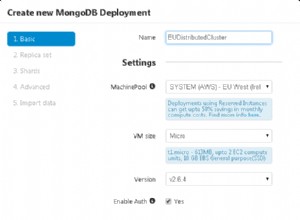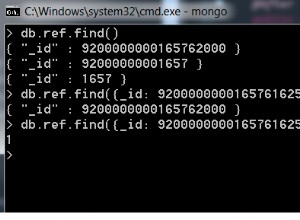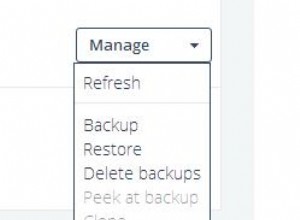http://mongoosejs.com/docs/populate.html opisuje bardzo ładny przykład. Wydobyłem tu dla Ciebie sedno
{
var personSchema = Schema({
_id : Number,
name : String,
age : Number,
stories : [{ type: Schema.Types.ObjectId, ref: 'Story' }]
});
var storySchema = Schema({
_creator : { type: Number, ref: 'Person' },
title : String,
fans : [{ type: Number, ref: 'Person' }]
});
var Story = mongoose.model('Story', storySchema);
var Person = mongoose.model('Person', personSchema);
}
więc masz teraz dwa modele, historię i osobę, w której historia odnosi się do osoby za pośrednictwem pola _creator.
teraz, aby wypełnić _creator podczas wysyłania zapytań przez historię, wykonaj następujące czynności:
{
Story
.findOne({ title: 'Once upon a timex.' })
.populate('_creator')
.exec(function (err, story) {
if (err) return handleError(err);
console.log('The creator is %s', story._creator.name);
// prints "The creator is Aaron"
});
}
ale musisz również upewnić się, że zapisałeś prawidłowo rekordy, aby je poprawnie odzyskać. podczas oszczędzania wystarczy przypisać _id. patrz poniżej.
{
var aaron = new Person({ _id: 0, name: 'Aaron', age: 100 });
aaron.save(function (err) {
if (err) return handleError(err);
var story1 = new Story({
title: "Once upon a timex.",
_creator: aaron._id // assign the _id from the person
});
story1.save(function (err) {
if (err) return handleError(err);
// thats it!
});
});
}




